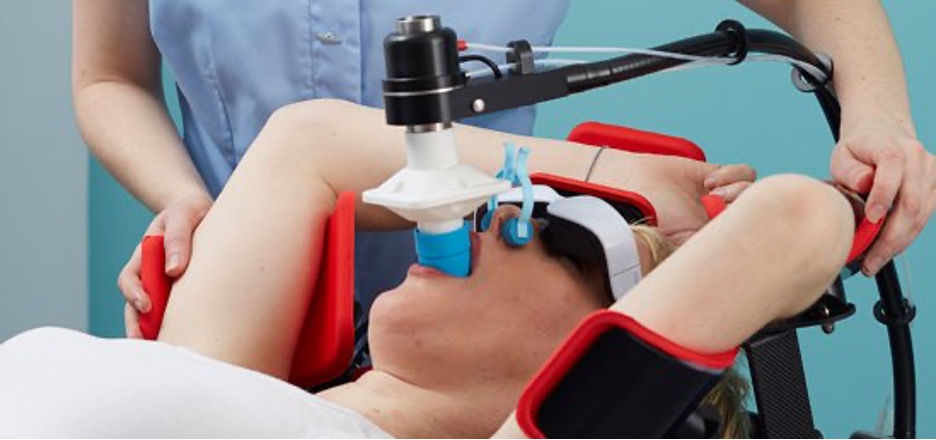Deep Inspiration Breath Hold and Breast Cancer
If you are diagnosed with breast cancer your doctors may recommend radiation as part of your treatment. Two types of radiation can be used 1) Proton Therapy or 2) X-Ray radiation which is sometimes referred to as Photon Radiation.
You may hear other terms or acronyms associated with radiation treatment – things like IMRT (Intensity Modulated Radiation Therapy), IGRT (Image Guided Radiation Therapy), TomoTherapy, Cyberknife, 3D Conformal, etc. This can all be confusing and make it difficult to compare different options or facilities.
Just know that at the end of the day, the most important distinction is the type of radiation used, protons or photons (X-rays). This is important because these types of radiation have different physical properties which means they act differently upon entering the body.
Specifically, protons can be stopped in the tumor while photons do not stop in the tumor. This means there is always the risk of MORE RADIATION HITTING HEALTHY TISSUE with photons than with protons.
All of the fancy acronyms and machines and techniques used to deliver photon radiation can only do so much to overcome the danger posed by shooting a beam of radiation that can’t be stopped.
One of these fancy acronyms is DIBH or Deep Inspiration Breath Hold. The Cleveland Clinic, one of the top medical facilities in the country, describes DIBH this way:
When you take a deep breath and hold it, your diaphragm pulls your heart away from your chest. This is known as a deep inspiration breath hold (DIBH).
They explain why this is so important:
A potential problem with radiation therapy is that women who have cancer of the left breast may be at risk for heart disease from the radiation treatment. This is because the left breast is closer to the heart, which means it may be in the radiation field. (The lung may also be in the radiation field.)
The overall likelihood of damage to the heart depends on several factors, including the radiation dose and how much of the heart is exposed to the radiation. This risk is present no matter the dose of radiation—even low doses.
Note that last sentence – the risk of potentially catastrophic damage to the heart is present even at low doses.
The problem with using DIBH with traditional radiation is that 1) it’s not a perfect method to eliminate radiation to the heart and 2) it’s often very uncomfortable for the patient.

So, while DIBH is a good idea or technique if the only option is traditional radiation that can’t be stopped in the tumor, a much better option is to simply stop the radiation in the tumor with proton therapy and avoid the potential dose to the heart altogether.
Think of it this way – imagine proton therapy as a car with breaks and photon radiation as a car without breaks. You’re told you need to get from point A to point B while driving really fast and avoid dangerous hazards along the way.
Imagine these hazards are critical organs like the heart and lungs. No matter what technology, fancy steering, auto driving software, backup cameras, etc. you add to the car without breaks (photon radiation) you’re never going to be safer than if you get in the car with breaks (proton therapy).
And the great thing about Oklahoma Proton Center is we have the benefit of using a radiation treatment that can be stopped in the tumor, and we also can use DIBH if it can provide an additional benefit to patients. It’s the best of both worlds – the stopping power of protons and the benefits of DIBH at one facility.
So, if you have been diagnosed with breast cancer and you want to protect your heart and lungs remember that the first decision you need to make is the TYPE of radiation you’re going to receive. Protons will ALWAYS give you the best chance of reducing or eliminating radiation to the heart versus traditional radiation regardless of the IMRTs or IGRTs or DIBHs or any other fancy acronyms that get added to it.
